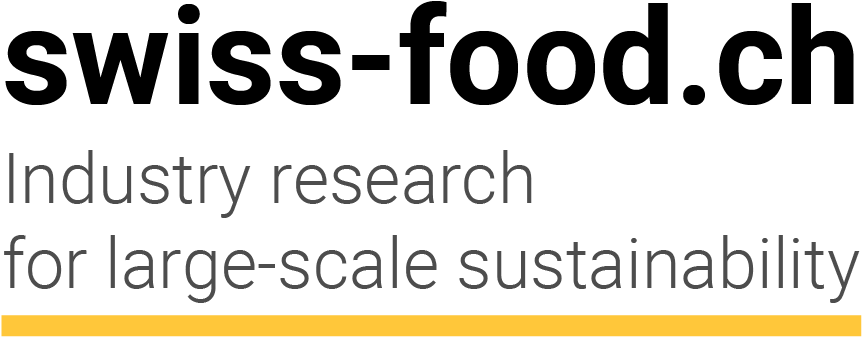
Climate change threatens the future of coffee
By 2050, 50 percent of the areas used for coffee cultivation could disappear. The two largest coffee producers, Brazil and Vietnam, would be particularly affected.
Monday, November 15, 2021
Will we soon have to give up our daily morning coffee? It is uncertain whether it will turn out that bad. In any case, a study from 2014 indicates that close to 50 percent of the acreage that is suitable for growing the two varieties Arabica and Robusta could disappear by 2050. The price of coffee is also expected to increase. The reason for this is climate change. Although coffee production could move further north in the future, this would have bitter consequences for existing coffee farmers. An estimated 100 million people are involved in coffee production worldwide. Many millions also work in processing and trade. Already today, the working conditions are in some cases precarious. There is a risk that the situation could worsen further.
Global breeding network
Due to climate change, the growing conditions for crops are changing, in some cases drastically. Therefore, new varieties must be bred with properties that, for example, can still be exposed to greater heat and water scarcity. The organization “World Coffee Research” is launching a global breeding network next year with the aim of promoting modern plant breeding technologies in producer countries. Research is also carried out into which newly bred varieties grow best in which environment.
New varieties thanks to genome editing
With genome editing, decaffeinated coffee, which is often unsatisfactory in taste, could be made tastier. In a gfs survey that asked about Swiss consumers’ acceptance of genome editing for various purposes, this probably failed as a “pure lifestyle purpose”. However, applications that make plants more resistant to climate change were very clearly supported by 76 percent.
Related articles
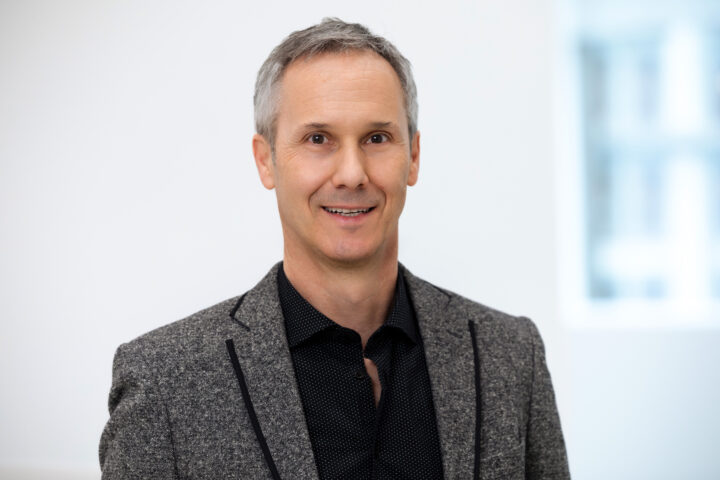
Residues, thresholds, trust – looking calmly behind the headlines
In this conversation with toxicologist Lothar Aicher, the discussion focuses on how residues enter the body, how their potential harm is assessed, and what role modern analytical methods play.
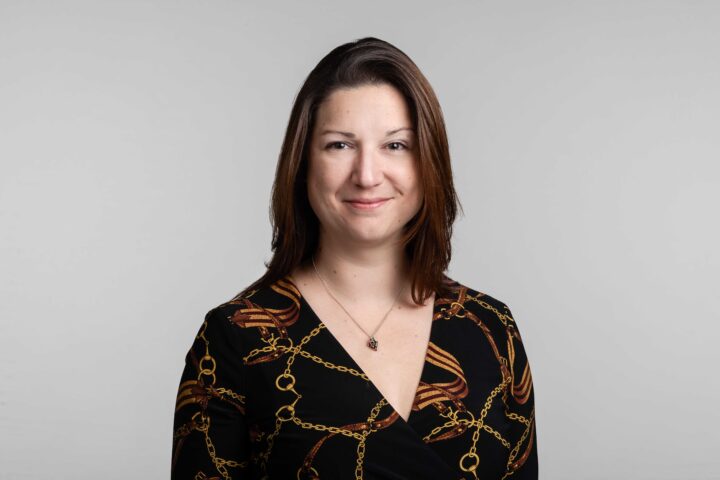
Hazard is not the same as risk: how we understand – and should understand – threshold values
In this episode of the podcast, risk researcher Angela Bearth discusses residues and threshold values in food – a topic often debated emotionally. In public discussions, threshold values tend to dominate, while the complex challenges of agriculture are rarely considered. Studies show, however, that once these relationships are explained and solutions are addressed, people respond in a more differentiated way.
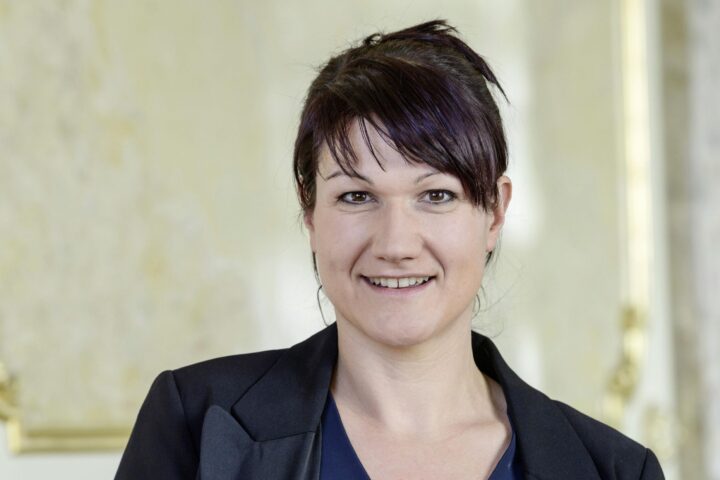
PFAS, trade-offs and responsibility – how politics and agriculture find solutions
In this episode of the joint series by Agrarpolitik – der Podcast and swiss-food.ch, National Councillor Christine Badertscher discusses how residues and threshold values are debated in Parliament.
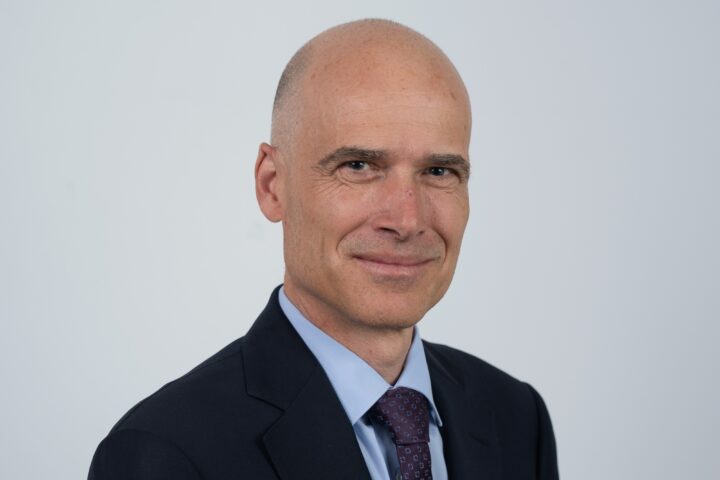
Thresholds, approvals, responsibility – how plant protection products are really assessed
Threshold values are often at the centre of public debate – yet in reality they are only a small part of a much broader risk assessment system. Dr Michael Beer, Head of the Food and Nutrition Division at the Federal Food Safety Office, provides clarity.

